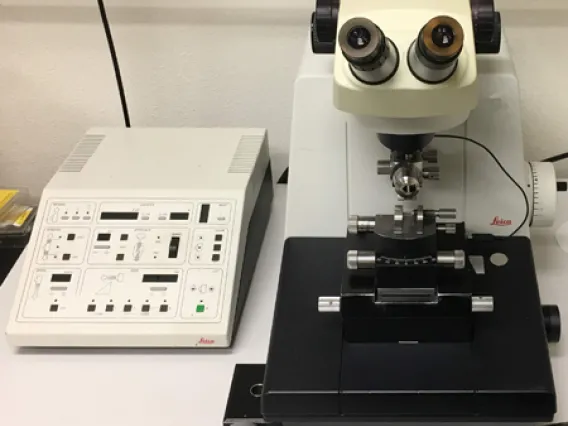Quantitative image analysis
Quantitative analyses are performed previous discussion of the parameters to be analyzed on your samples, using the AMT Image Capture Engine tools, or commonly used free open source image analysis software available, such as Fiji/ImageJ, Cell Profiler, Ilastick, Orbit, Icy and Cytomine.


